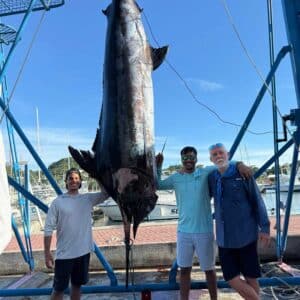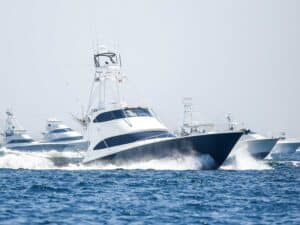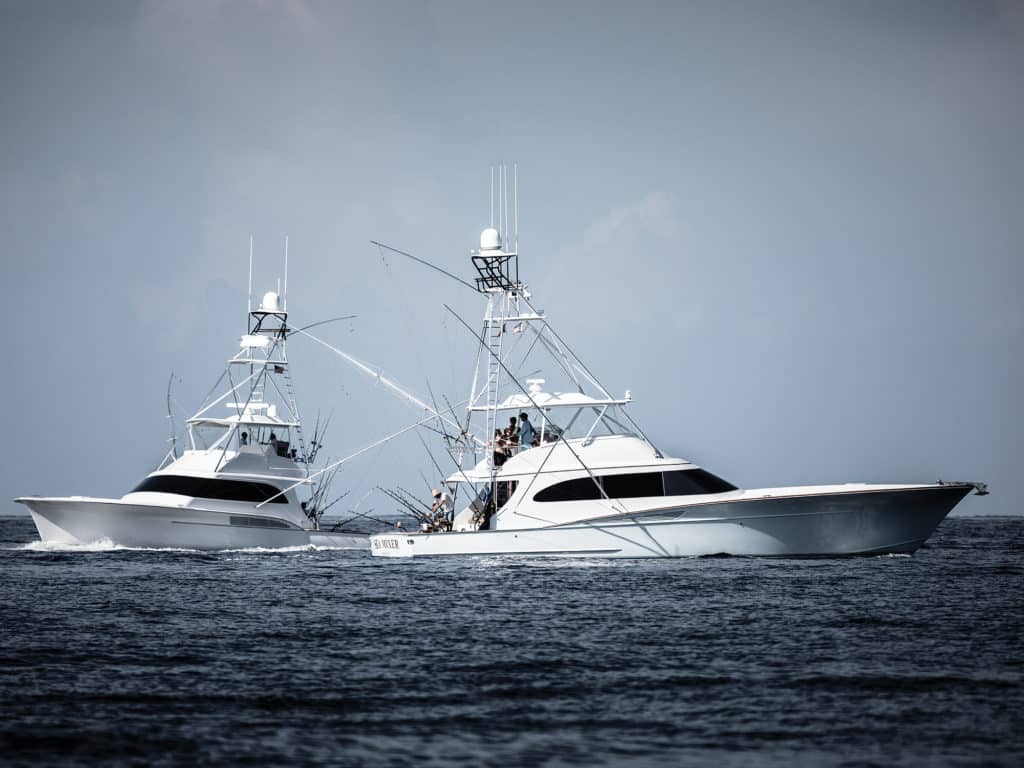
One thing is certain when you walk the docks at a big-money tournament: The captains and anglers comprising these teams have an inescapable desire to be the best. But not unlike most professional sports teams that also have an incentive to perform for money, they have a love and desire for a sport they likely grew up with. Being one of the best doesn’t happen instantly: The skills needed to rise to the top of a tournament fleet, much less anything else, come with a high price and a multitude of hours — at least 10,000 some say — to become an “expert” at anything. Combine that with the fact anglers chase something that doesn’t think and it likens tournament fishing more to gambling: You play by the book and pray the house odds don’t beat you. Stacking your deck with team members who share your obsession and allegiance can be quite challenging, but finding those pieces and aligning them in pursuit of a common goal is essential to finding success. Trust me, there is no denying the objective here: catch fish, win money. Buena suerte.
Commitment and Common Goal
Although it’s no mystery that a man can’t get rich fishing billfish tournaments, at the very least he can keep the operation afloat or feed his addiction. Ken Cofer, the owner of the tournament-dominating Tranquilo in the Pacific, compares tournament fishing to skilled gambling. “There is no money to be made in tournaments; the money you do win always goes back into the boat — it needs constant upgrades, tackle, equipment and repairs to stay competitive. There is always another tournament to fish, and you end up spending the previous winnings on the next one,” Cofer says. Skilled gambling, indeed.
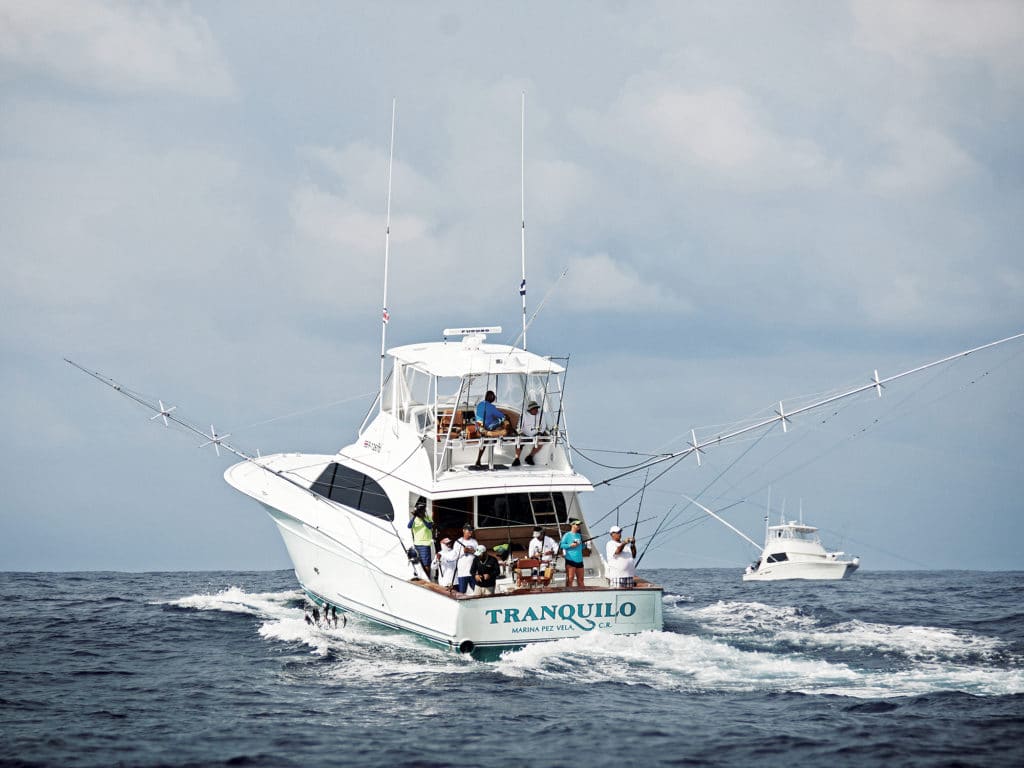
While each boat owner should be as fully committed as Cofer, it’s also necessary to know success will not happen instantly — unless you’re just lucky. Time on the water plays an important role in cultivating a team that consistently places tournament after tournament, but it’s the almighty dollar that drives the clock. To simply own a boat is like throwing good money after bad. Add the expense of funding a traveling tournament team — a minimum of three full-time crew members, bait, fuel, dockage, entry fees, calcuttas, beer, rum — and your head quickly starts to spin. Unfortunately for the team owners, their share of this commitment is twofold: They are not only responsible for holding up their share of the bargain, but they also must support the team financially — without it, the entire concept implodes.
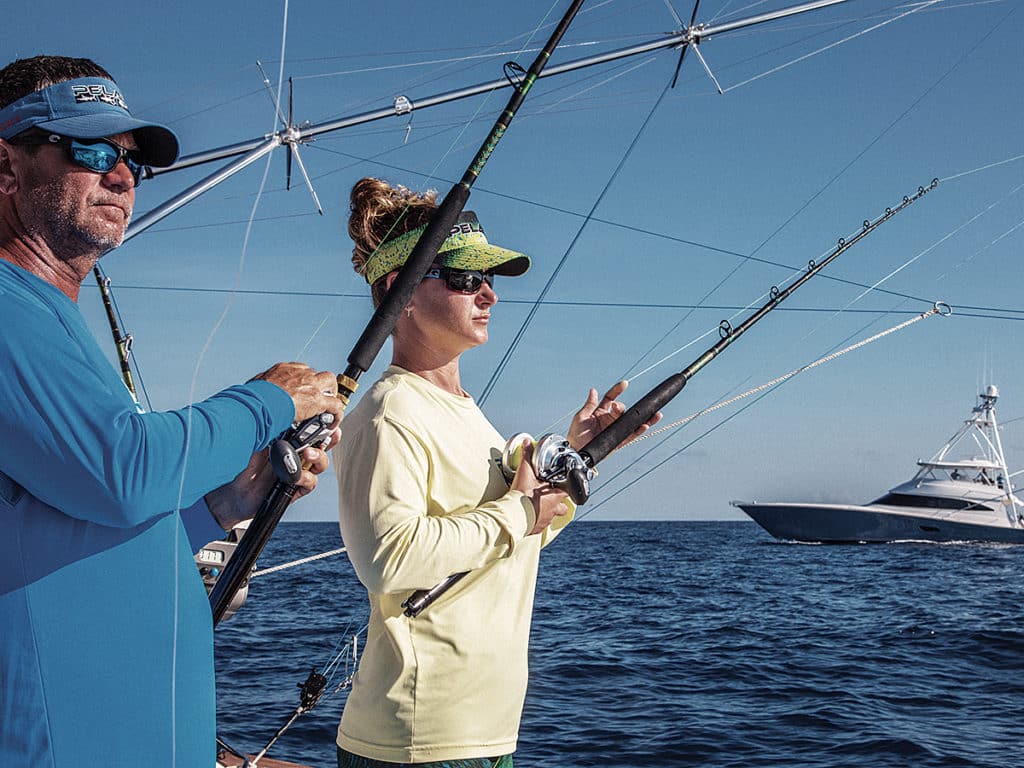
Capt. Tommy Lynskey, the skipper of Brooks Smith’s Uno Mas, ranked commitment as the number one most important aspect for a successful team when I presented him with five possibilities. “You have to be fully committed and also be open-minded as a team,” he says. “A supportive owner, a well-maintained boat, and the ability to stay up-to-date on the latest tactics are necessary to maintain your competitive edge.” He used the increased use of dredges in tournaments as an example. Capt. Scott Fawcett runs Off the Chain and Martha D out of Stuart, Florida, and he believes the advancement of technology — from smaller, faster reels to high-quality electronics — has added to this edge. A team that remains stagnate by refusing to evolve can undermine the common goal — winning.
Assembling the Team
Many teams looking to compete start with family, friends, peers, or even other seasoned anglers who may be in the hunt for a ride. Flourishing teams often “try out” prospective members with some days of fun-fishing to determine whether or not the prospective angler syncs with the team. Obviously, one who shares the common goal, enjoys competition and melds with the boat’s mojo is crucial.
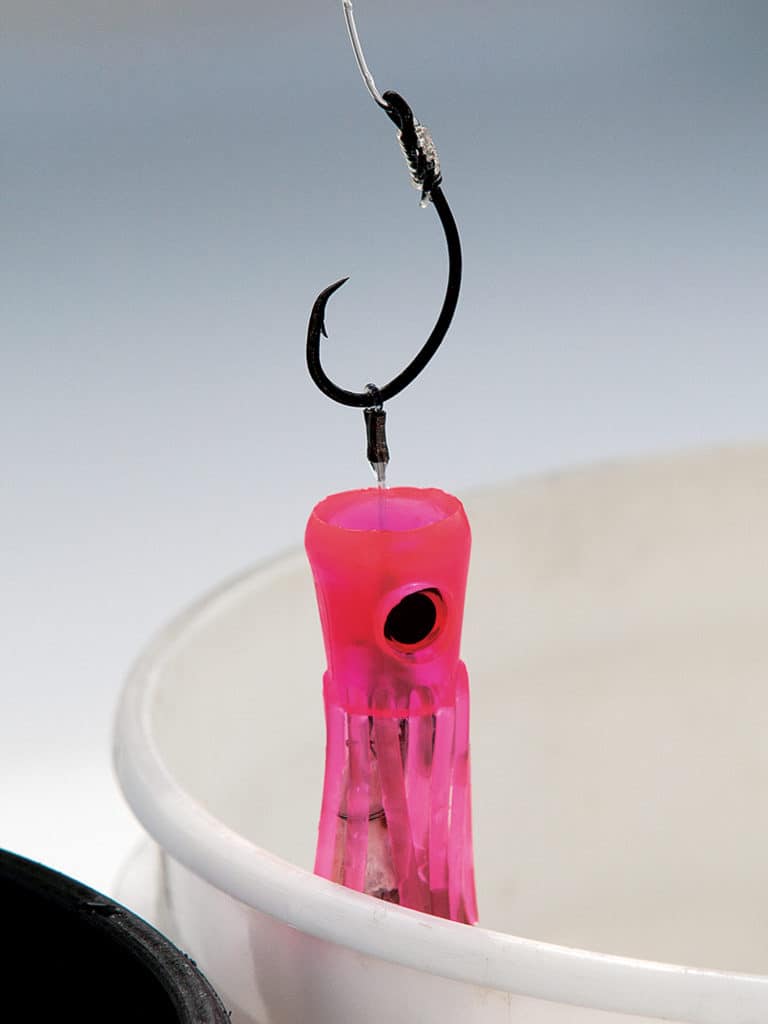
Capt. Robert Collins of the Islamorada-based Viking Last Dance is convinced that a team will eventually fall apart without mojo. He says, “You may be a star angler, but if you clash with the rest of the members or carry an attitude, you’re out.”
Cofer insists, “If a member isn’t meshing well with the team — crew or angler — it can mess up the whole dynamic. Winning or losing, you must have a good and outgoing attitude to grow as an angler.” In addition to the rigors of being offshore, a solid performer needs to keep it together during the moments of panic and chaos, and also be able to keep his head on a swivel during the hours of boredom.
Team Structure: Functional vs. Hybrid
Each member of a functional team has a specific job: the captain, the pitch-bait guy, the person on the long-rigger bait, the guy who controls the chair, the gaff man, etc. If you want to win, the team must work like a well-oiled machine. The ability to know your place in the lineup is critical to maintaining the semblance of organization. The cockpit can quickly become crowded when everyone is racing around during a hot bite. Capt. Chester Sims aboard Lights Out positions team members based on their individual strengths: “We try and get the right person in the right place.”
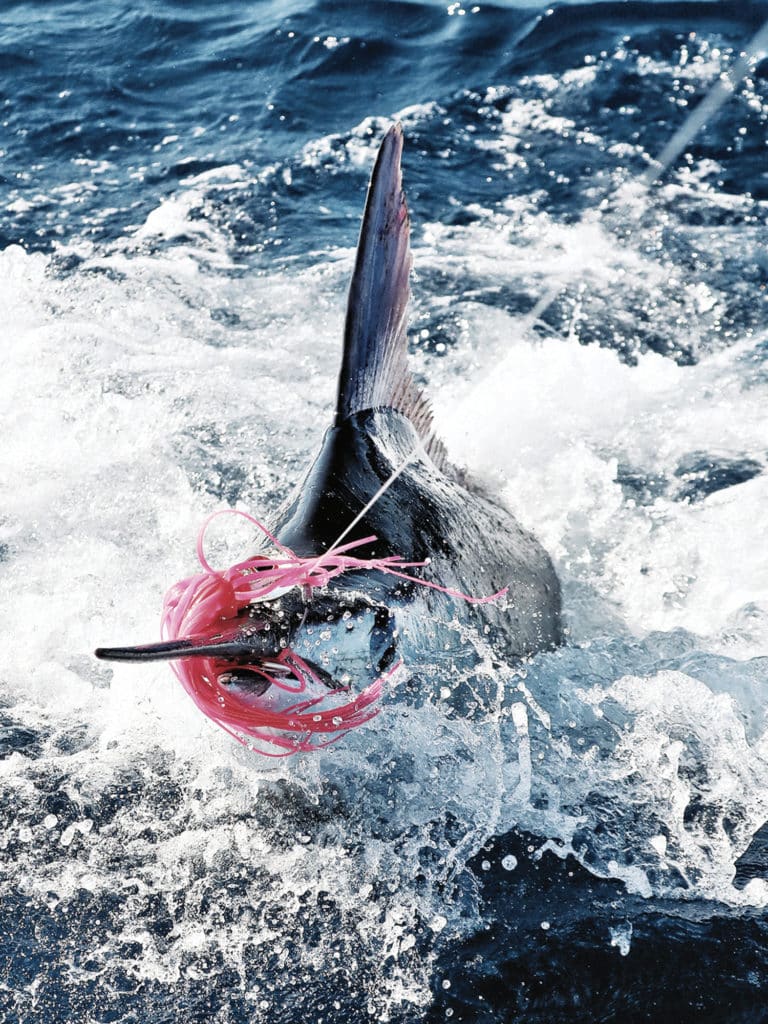
And while many anglers will have their assigned position trip after trip, sometimes a team member may be asked to switch to a hybrid mentality — where it’s a free-for-all — and he needs to at least be moderately proficient in another, or possibly all other, positions. If you are also able to step in when another member has checked out, by illness or simply because he is busy fighting a fish, you will become an irreplaceable asset in the eyes of the rest of the team. Lynskey says, “Any good team will assign positions and jobs based on the strengths of an individual team member,” and the crew aboard Uno Mas is encouraged to learn every position just in case they need to step up when needed. So, if you can hold your rod while waiting for a bite, reel in the dredge without faltering and keep the smile on your face at the same time, there is no doubt that you are adding to the mojo and fluidity of the team.
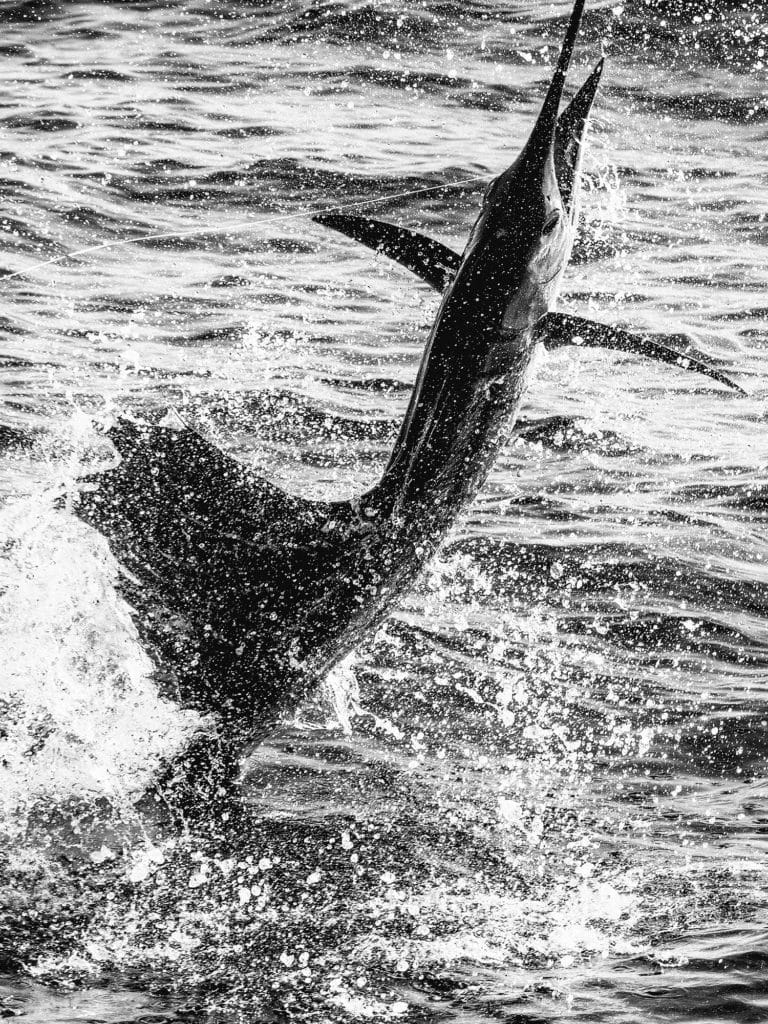
How a team seamlessly approaches the “what to do when” scenario is based on how that team is structured. This is especially important, and the dividends will pay off when a team is on the defense or when a fish is just hooked up. Cofer says: “Our team backs each other up, much like a baseball player would in a game. If an angler has a bite on the flat or short, chances are there are more fish out there, and the other members of the team are always ready to hook the next one that may decide to eat.” Each of the Tranquilo team members has their own forte, and although the pitch bait is up for grabs day-to-day, each of them recognize his or her own strengths. This approach allows the team to become better and better, bite after bite.
Fawcett says his team is also structured similarly. Fawcett’s team is always “learning, modifying and evolving,” and ready to apply another element to their competitiveness. “A great fishing team can be put together much like the Yankees,” he muses. “Just like everything else — boats, captains, mates, bait, tackle — you get what you pay for.” Fawcett also believes a fishing team can revolve around a single angler that has the ability to turn things around for the team, just like Michael Jordon or LeBron James. “If you can see the fish before I do, you’re hired!” he says.
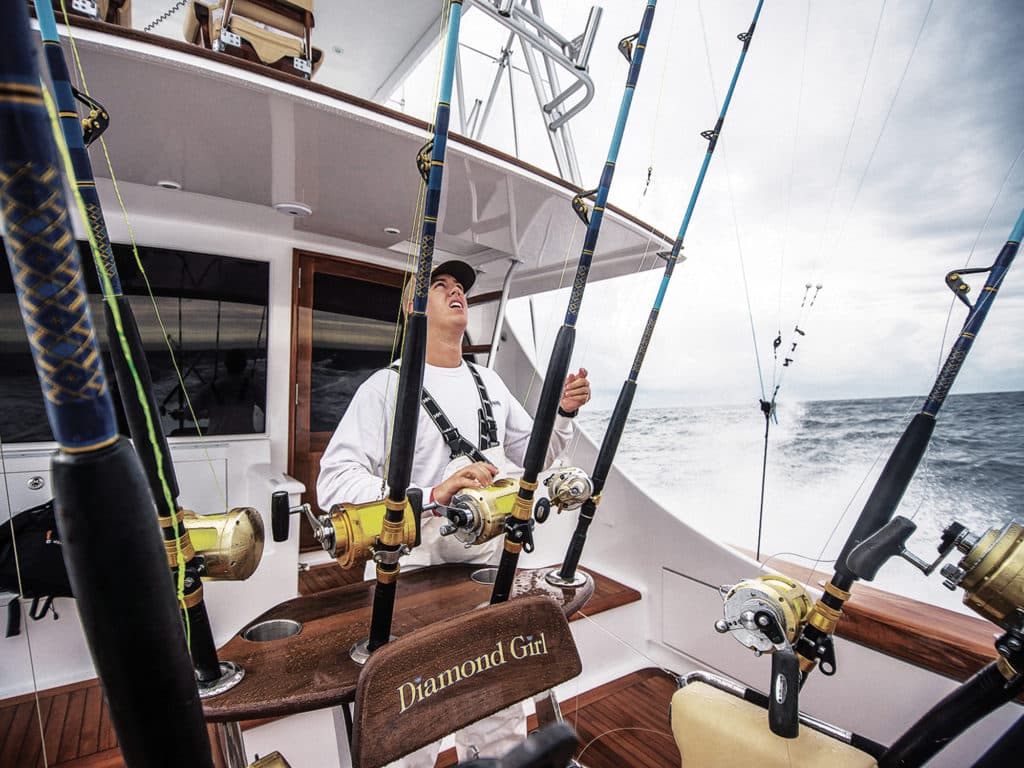
Longtime Islamorada sailfisherman Capt. Paul Ross, of Relentless fame, also employs the functional structure method: “We definitely have people who are designated in certain areas to perform specific tasks. By sticking to this type of structure, we resulted a team that works together and have been able to carry on year after year, successfully.”
Most teams save the free-for-all, hybrid structure for the fun-fishing or practice days. It’s on these days that the normally all-business tournament teams try new methods, tackle and tactics. Allowing an already structured and applied team to switch it up will, in turn, create a more balanced team that is likely able to adapt when a wrench is thrown in the system.
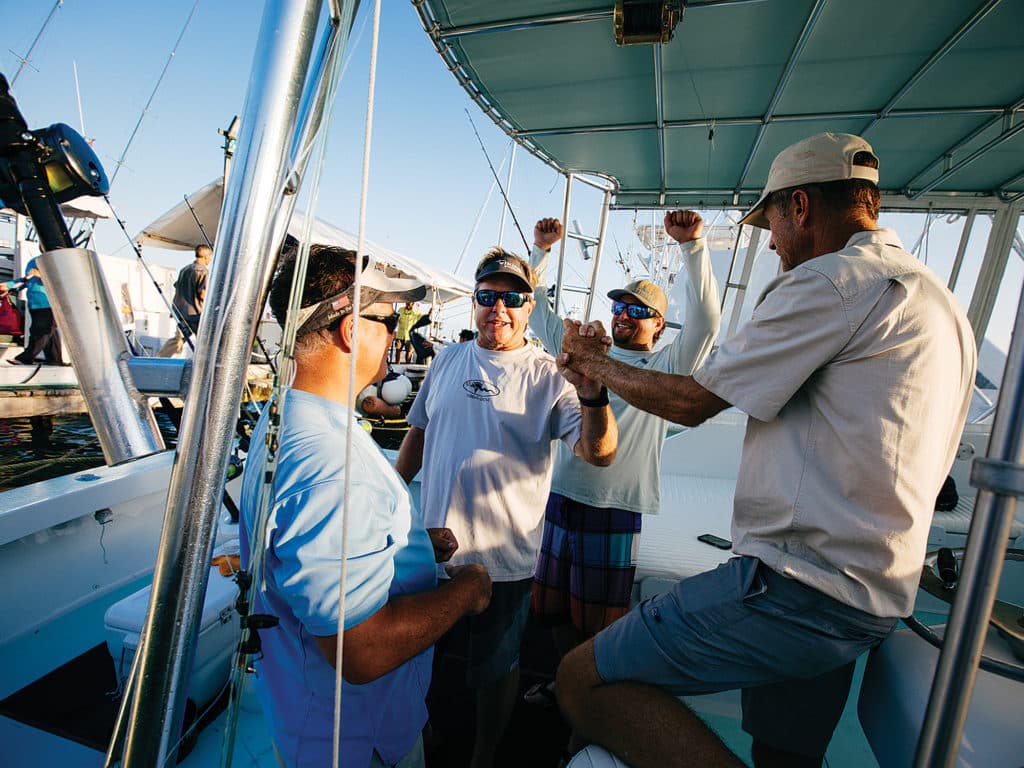
Lynskey was stranded in the British Virgin Islands in 2010 and was unable to fish the Pirate’s Cove Billfish Tournament, so he was forced to hire local Capt. Glenn Lofton. Lynskey remembers, “Uno Mas took first place that year — having never fished a single day with Lofton before the first day he stepped on the boat.” In that same tournament in 2014, a medical issue prevented Lynskey from driving and owner Brooks Smith took the wheel for the win. “In each case, the team had to assume different roles and responsibilities as well as adapt to a different captain and style,” Lynskey says. “The team definitely stepped up.”
While most captains agree competitiveness is amped up on tournament days, this should in no way inhibit the team from having fun — both during the tournament and on practice days. Lynskey says it best: “If you aren’t having fun, you aren’t going to win.”
Trust and Leadership
Many businesses, universities and management seminars attribute team success to the effectiveness of their leadership. According to University of California Berkeley, the first rule of team building is: “You must first establish your leadership with each team member. … The most effective team leaders build their relationships of trust and loyalty, rather than fear or power.” This is not a stretch when the philosophy is applied to a competitive tournament team.
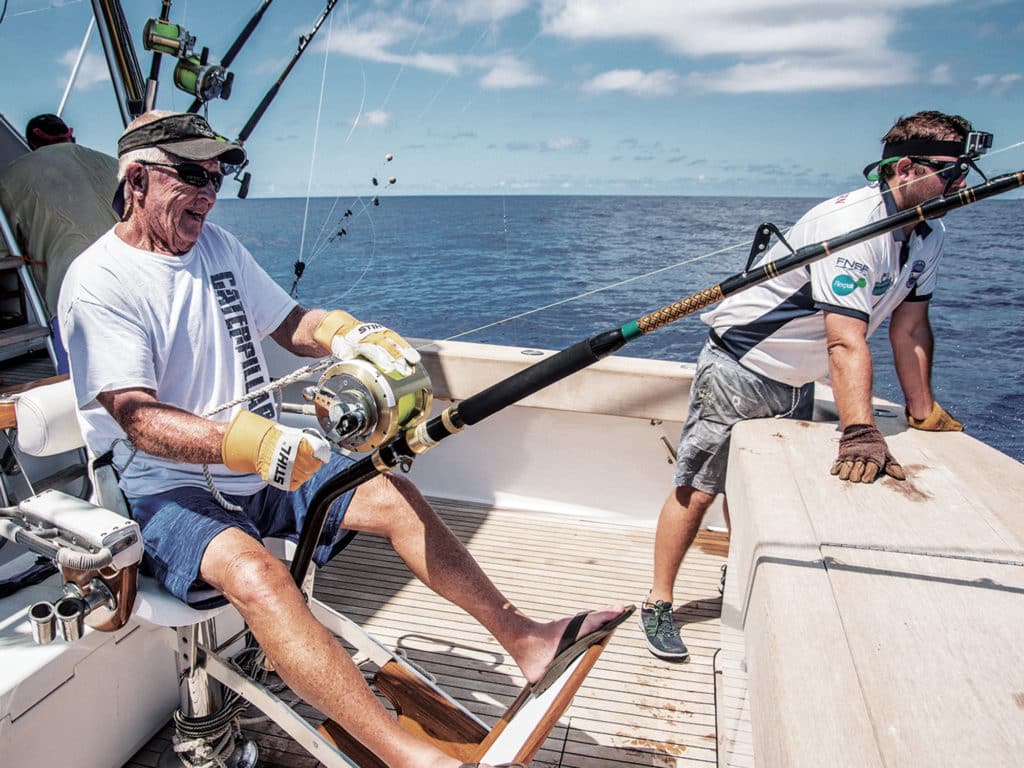
In order for a professional fishing team to be competitive, they must trust and respect the decisions of their captain. But getting to the pointy end doesn’t just happen. The bulk of his 10,000 hours they’ve likely spent racking up time in the cockpit — watching, learning and relearning from his mistakes and mishaps that no doubt came from endless days on the water and hundreds of bites. All fish are different, and the probability of seeing a fish do something you’ve never even seen before is very high. It’s nearly impossible to control something in its fight-or-flight reaction, so anticipating every move — fish or boat — based on previous experiences is vital.
Not only will the team be expected to trust the captain’s decisions and fishing methods, but the captain must also have trust that his team will take advantage of the situation when an opportunity presents itself. If the captain is preoccupied with the fact that so-and-so may be half-asleep on the mezzanine and what’s-his-name left his position without coverage, it distracts him from doing his job — finding the fish.
Trust is a two-way street in the fishing world.
The ability to focus on the common goal by trusting that all the preparation is complete and that your teammate is there backing you up allows everyone to relax enough to have fun and gain confidence. A confident team will surpass one that is unprepared, timid or lazy. Success is achieved when preparation and opportunity collide; talent and a little luck only enhances the tournament experience.
Communication
The ability to effectively communicate is a basic human quality, and being able to communicate effectively as a team is challenging, at best. Every leader I interviewed had something a little different to say about how their team communicates. The team aboard Tranquilo believes they need to keep one another informed, especially when a fish is on. “We are always letting each other know what’s happening — I got a bite, I missed a bite, I’m losing too much line,” Cofer says. The Lights Out team believes communication is key so that everyone is on the same page when a critical situation presents itself. And the Off the Chain/Martha D team likens communication to how a body functions — the head needs to know what the hands and feet are doing.
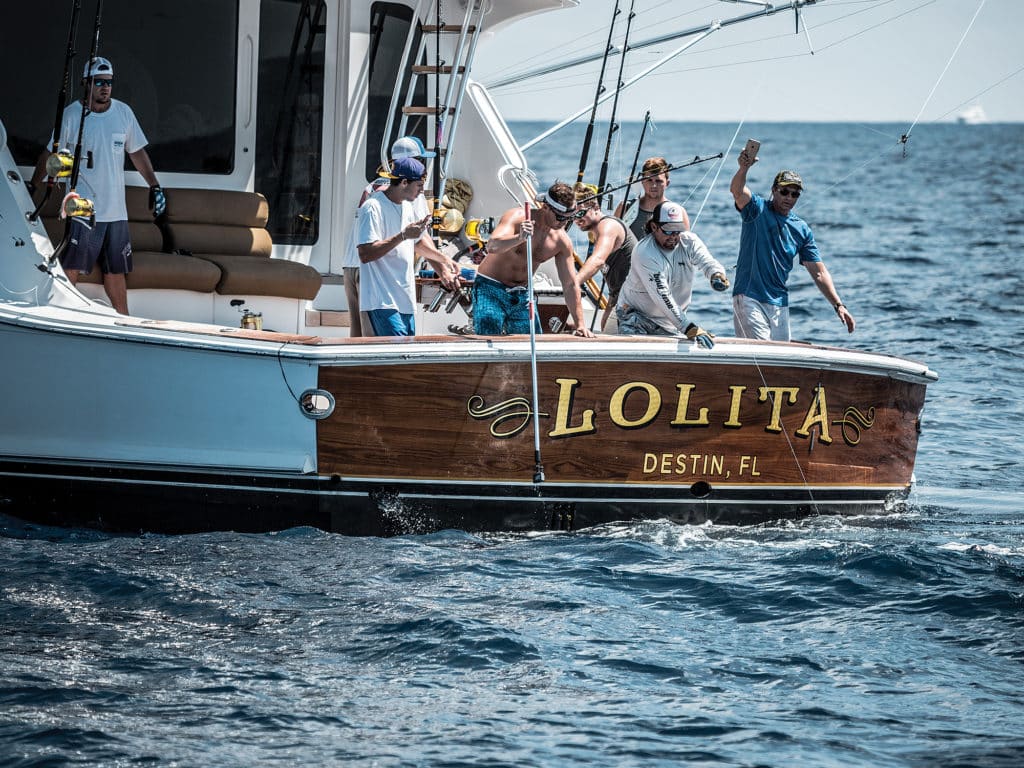
We want to catch the ones we see, and because so many things are likely happening all at once, it’s easy to feel like you have blinders on and can focus only on your task at hand. Poor communication can lead to missed opportunities, pulled-off fish, broken lines and hurt feelings. By communicating every relevant detail of the situation aloud, you are keeping your team safe and in the game.
The Agony of Defeat
Although he is all too familiar with defeat, it’s pretty hard to feel sorry for Sims and his Lights Out team. They won close to $1 million when owner Bill Haugland landed the heaviest white marlin at the MidAtlantic tournament in 2013.
That same year, the team was knocked out of first place in the White Marlin Open by a mere 6 pounds.
Had Tommy Jones aboard Kingfisher made one mistake, the team aboard the Bayliss Lights Out would have been flying even higher, winning over $2 million in a single month. Instead, they took their almost $2 million and went back to Florida, happy. It’s mind-boggling, but a reality nonetheless.
It happens to us all: We’re in the hunt, and someone squashes our dreams. It’s called life on the tournament trail. Ross says the agony of defeat “happens every 10 minutes in a tournament whether you’re winning or losing: One minute you’re winning, the next minute you’re losing.” There are a lot of minutes in a tournament, and each one of them must count. Ross emphasizes that you need to “ignore the bad moments and focus on the positives. Good moments are what we live for. Tournament fishing is exciting, and it’s that excitement that keeps us coming back.”
Find the Formula
So, if you want your team to be on stage at a big-money tournament, you must find individuals who are committed to winning in all facets. Each member of the crew must be gracious in the face of defeat as well as a team player who is willing to try new things to better their skills and be ready to take advantage of each opportunity. Tournament-winning teams are passionate, and you better bet they are extremely competitive. They trust one another, live for the good moments and revel in the great ones. It’s a job, and sometimes a struggle. But as they say, “The harder the battle, the sweeter the victory.” And for these teams, victory is just that sweet.
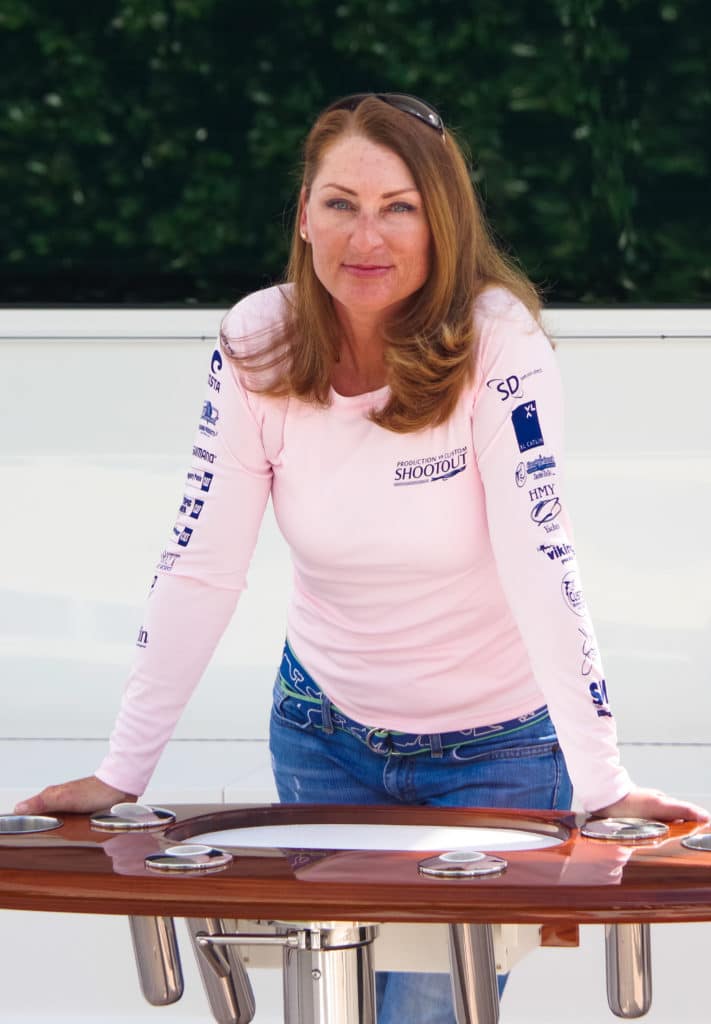
About the Author
Jen Copeland is a 20-year marine-industry professional who currently captains the Viking 50 Three C’s in North Key Largo, Florida.


